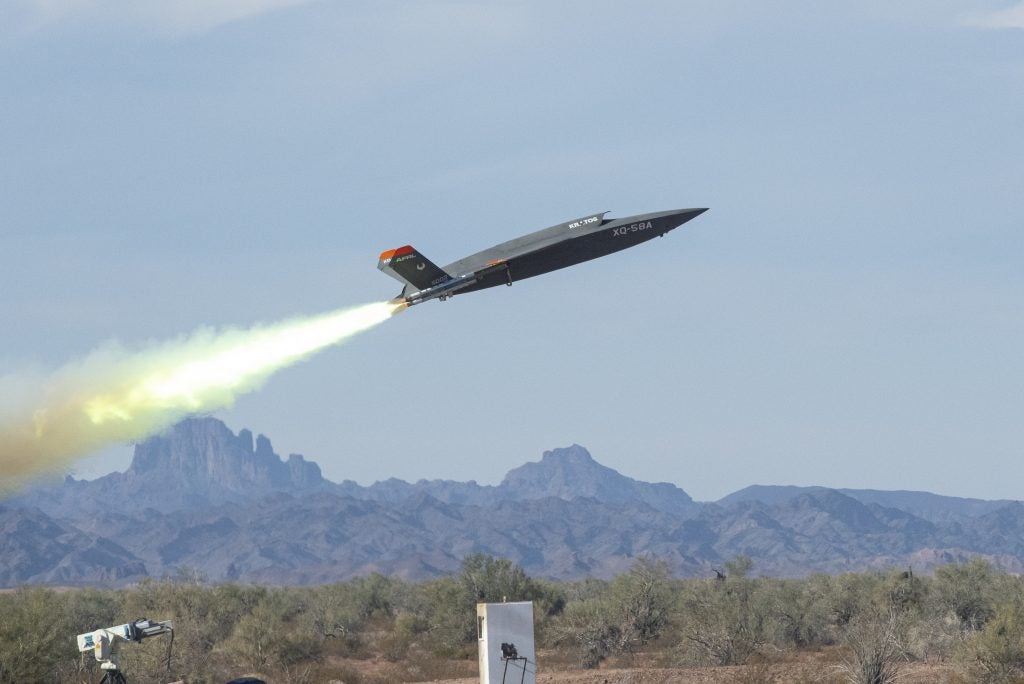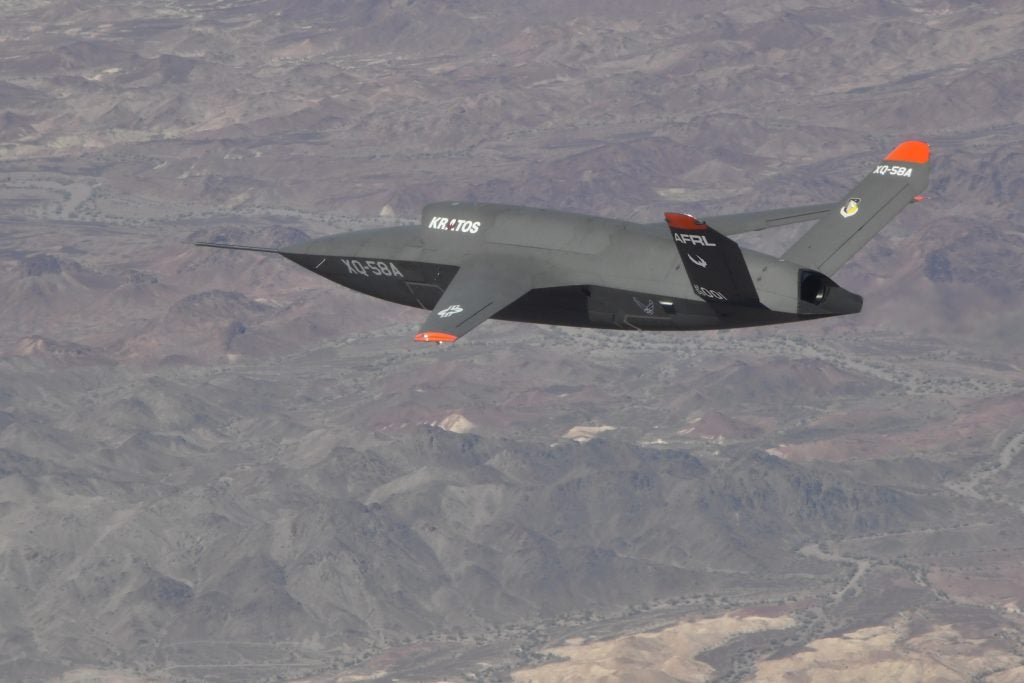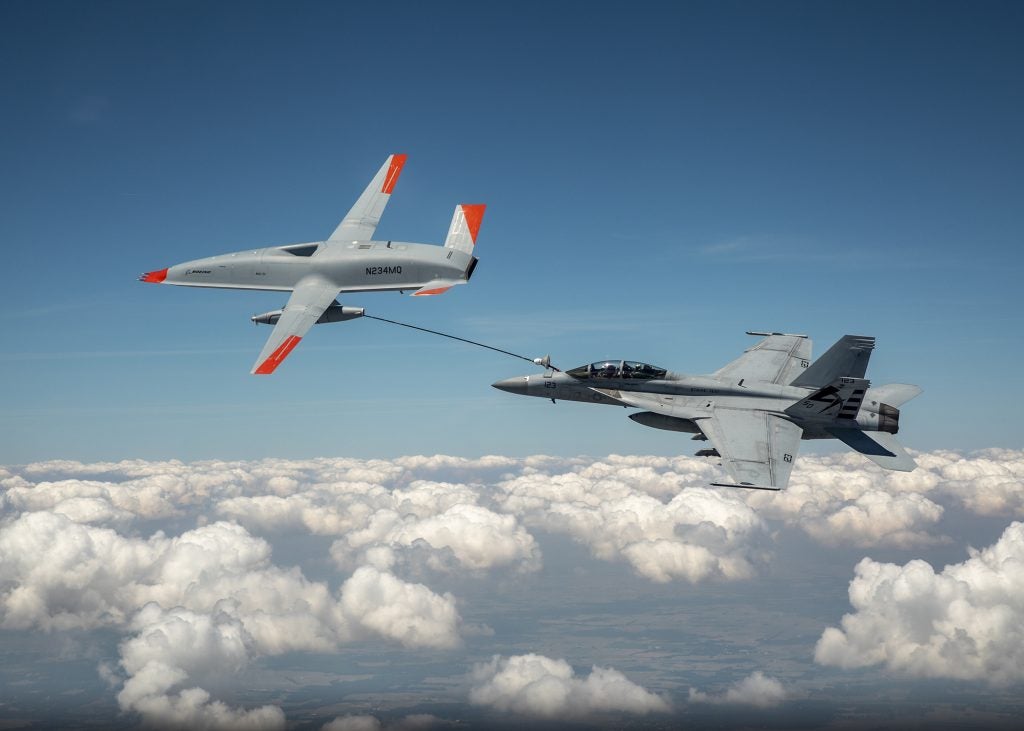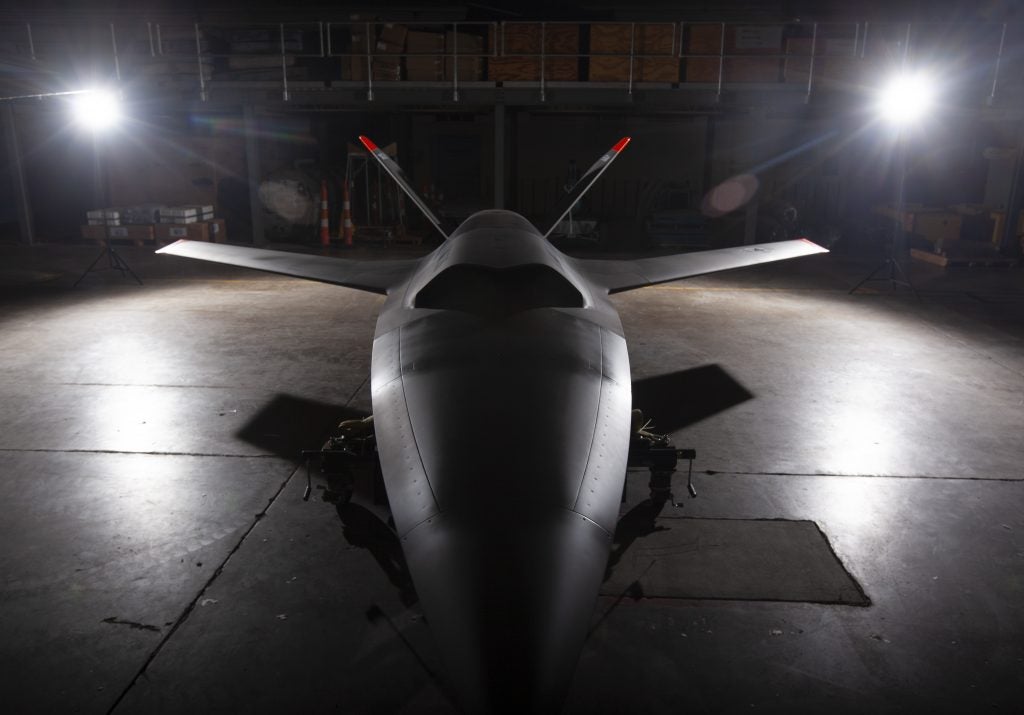US Navy Purchases XQ-58A Valkyrie
The United States Navy awarded Kratos Unmanned Aerial Systems, Inc. a $15.5 million contract to provide two new XQ-58A Valkyrie unmanned aerial vehicles on December 30, 2022. This news comes a little over a month after the Air Force announced that they had taken delivery of the first of two Valkyrie airframes at Eglin Air Force Base in Florida.

The contract was issued by the Naval Air Warfare Aircraft Division at Patuxent River in Maryland, known for a wide variety of testing, training, and development of aircraft both manned and unmanned. According to the contract notice, the funds for the program came from the Navy’s Fiscal Year 2022 budget for research, development, test and evaluation. The contract mentions that the two UAVs are for a program under the “penetrating affordable autonomous collaborative killer” portfolio; however, analysis of budget documents showed no programs matching this description.

The XQ-58A was originally developed as part of the US Air Force Research Lab’s Low Cost Attritable Strike Demonstrator program, which falls under the Low-Cost Attritable Aircraft Technology (LCAAT) portfolio. In November 2022, Kratos published a press release stating that the XQ-58A had completed objectives relating to AFRL’s Autonomous Collaborative Enabling Technology portfolio, specifically towards the Autonomous Collaborative Platforms (ACP) task. ACP builds on concepts like Loyal Wingman, which is an AFRL concept based around the idea of “manned-unmanned teaming” (MUM-T). A manned aircraft (such as a fighter jet or attack helicopter) using MUM-T concepts would communicate directly with an unmanned aircraft to perform actions that rely less on communication between an operator on the ground coordinating with a pilot in the air. This leaves much of that control in the hands of the pilot, enabling more effective collaborative operations.

In July 2022, the Navy announced that it had successfully performed several MUM-T tests between an F/A-18 and three unidentified unmanned aerial vehicles at Naval Air Station Point Mugu in California. A year prior, the Navy had tested MUM-T communication between virtual representations of an MQ-25 Stingray, E-2D Advanced Hawkeye, and F/A-18 Super Hornet. The MQ-25 is the first unmanned aircraft to perform in-air refueling with a manned aircraft, completing the first such refueling in June 2021. This makes the MQ-25 a perfect candidate for MUM-T testing. However, the selection of Kratos’ XQ-58A Valkyrie for a more multipurpose role is interesting given Boeing’s existing MQ-28A Ghost Bat drone which has been fulfilling a similar role in Australia since February 2021. Brigadier General Dale White, the Program Executive Officer for Fighters and Advanced Aircraft, mentioned in September 2022 that one of Boeing’s MQ-28A drones was in the US, but did not specify for what purpose.

